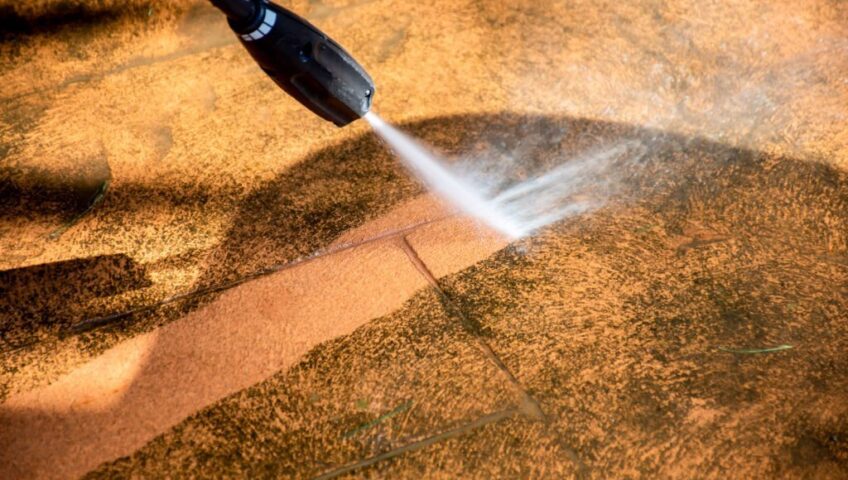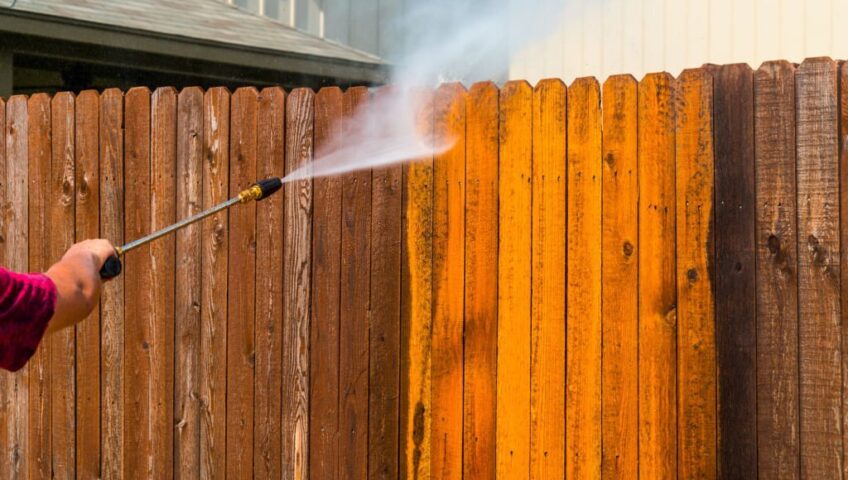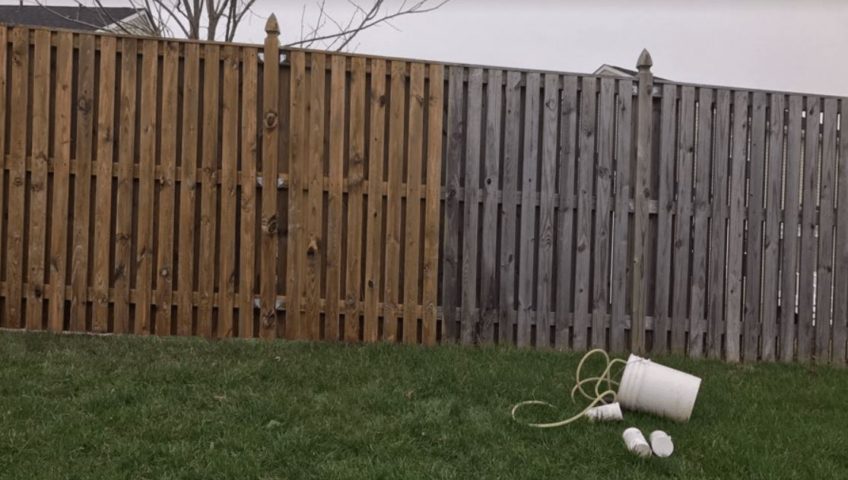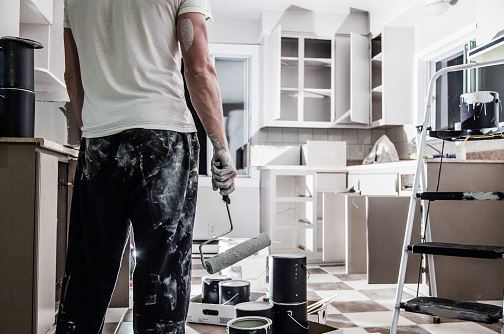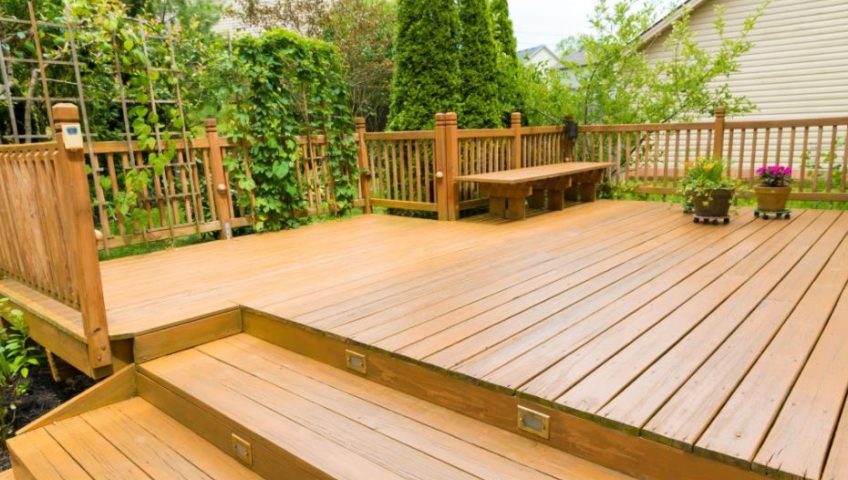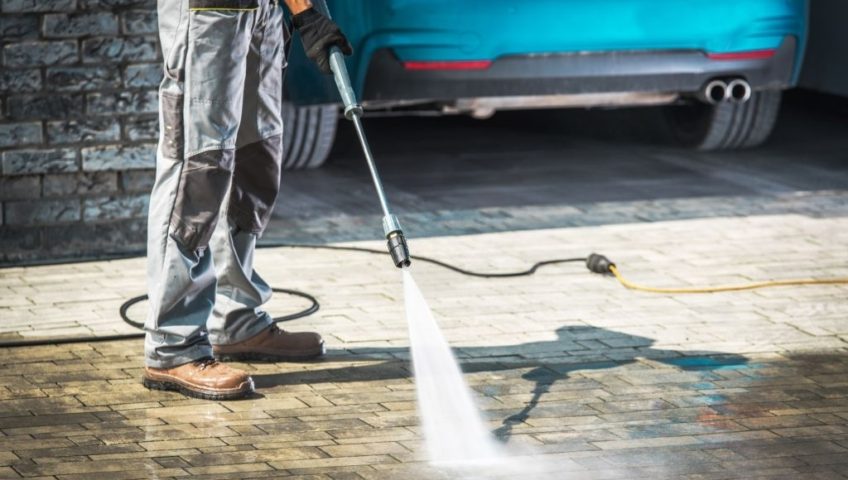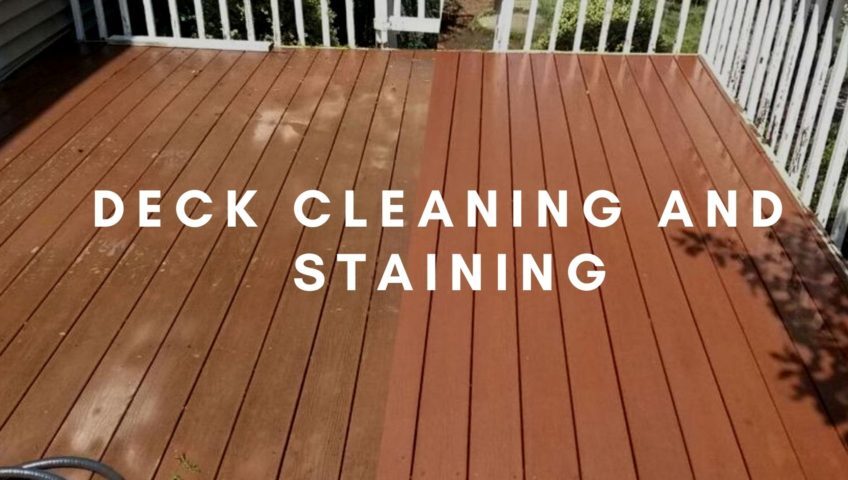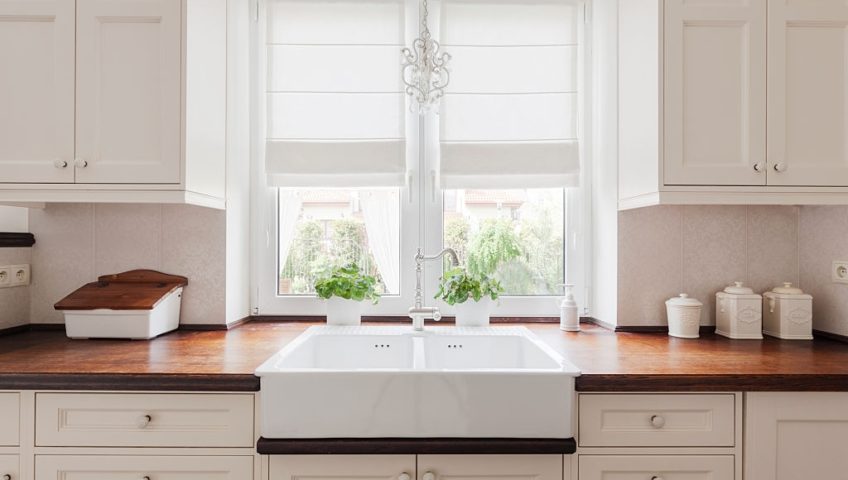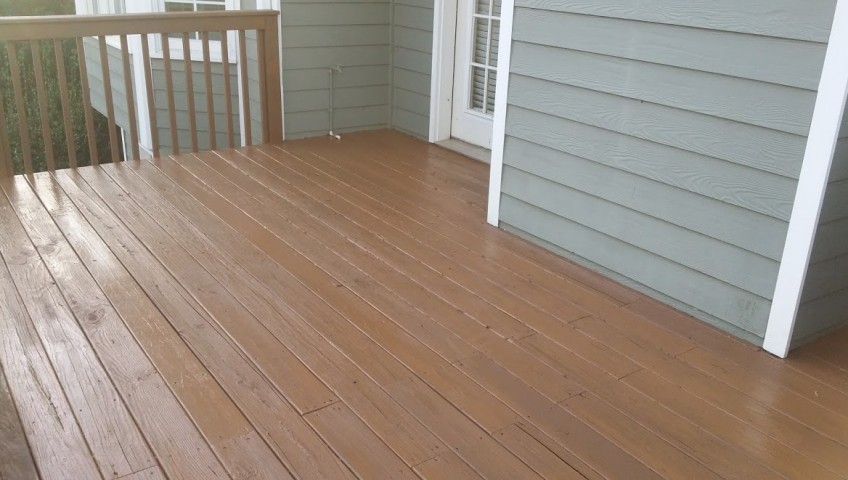
Interior Painting Trends: Stay Up-To-Date With The Latest Styles
Space might seem completely different by adding a splash of colour, fresh undertones, or a strong, contemporary pattern. When choosing an interior painting colour for any space, just be sure to avoid these common blunders. The newest paint colour trends for 2023 are shown here.
Warm 1990s Neutrals Are Back
Bring on the milk, beige, and brown. The neutral colours we are increasingly selecting for our homes represent our desire to evoke optimism and tranquilly, enveloping spaces in warmth and a feeling of well-being.
Earthy Blues and Deep Blues
Blues are anticipated to be one of the most popular interior painting trends in 2023. Deep blues predominate, although earthy, dusty blues can also be seen in spaces like restrooms or living rooms. Blue is a global “favourite paint colour,” which means that of all Atlanta interior painting colours, blue walls are often the most popular. By 2023, we anticipate that more homes will adopt this colour trend, bringing deep blues into master bedrooms, theatre rooms, living rooms, and other spaces.
Deep blues look best when combined with natural features like big-leafed indoor plants, gold, and natural wood. Dusty blue looks best when combined with natural creams or whites, as well as, of course, natural woods, while lighter woods work better with lighter blues.
Sunny Hues
The goal of Golden Tones is to convey the warmth of summer into your house, from delicate, mild sunshine to zingy lime-tinted yellow. This design may be subtle and delicate or bold and unforgettable when paired with white, black, or other golden colours. You have the option. Happiness is linked to the colours yellow and orange because of how upbeat and optimistic they make one feel. Desaturated colours may make a statement on upholstered furniture, accessories, and artwork in a living room or look great on the walls of a bedroom.
Don’t be afraid to employ vibrant, daring colours in spaces that are frequently used for entertaining; the happy pop of colour will enhance the mood and pleasure of the area. Artwork and mirrors can be used to break up brightly coloured walls to lessen the impact of the colour.
A Soft Pink Colour
In the year 2023, pink is frequently mixed with other hues. It’s a fun accent that goes well with anything from light neutrals to dark blues and may be anything from a subtle blush to a vibrant magenta.
Bold Red
Going bold isn’t always a negative thing, even in a tiny area. However, in the proper setting with sufficient natural light, a bright colour may have a significant impact in a tiny room, providing character and a wow factor that you just can’t create with a safe neutral.
Using The “Fab Five”
For any interior, the timeless and neutral colour scheme of black, white, grey, green, and brown will always be ideal. They connect with the essence of humanity because they are anchored in nature.
Coloured Textures
Okay, so this next choice is more of a texture than a paint color, but it still qualifies in our book. The use of textural treatments has been quite popular recently and is a fantastic method to add patina and aesthetic interest to any space, regardless of how fresh or old it is. These methods, such as lime wash paint or Roman clay, are particularly useful in builder-grade homes because everything being brand-new may make a house appear sterile and lifeless. What’s best? Due to the DIY-friendliness of many of these applications, you may easily create a high-end appearance at home in only one weekend.
White and Blue Navy
This color scheme gives your house a lot of perspectives and gives the interiors a polished, beautiful appearance. This combination is a no-brainer for your kitchen since it also gives the impression that the space is vast and whets your hunger.
Choose A Magnificent Green
The new grey is going green. The era of grey and taupe was austere. The colors emerald, lime, forest, pistachio, jade, and sage are popular right now and can be seen in anything from pillows to headboards to carpets to curtains and linens.
It all depends on what you combine green within your house. Making use of furniture and accessories in soft shades of clay white and chalky grey, while keeping the flooring light and bright, will balance out the scheme’s striking use of greens with a blue basis.
Primary Pairings
Consider decorating your kitchen in a way that is similar to how you would put together an outfit by taking inspiration from color blocking, which is still prevalent in the fashion industry. With two colors—one for the top and another for the bottom—and a dash of color added by accessories like this burst of yellow.
The way affordable painters in Atlanta GA utilize color as much as the colour itself will be the largest overall interior painting trend in 2023. Stronger, simpler hues are often used today. Eclectic music conjures the warmth and harmony of a younger time. This style encapsulates the current trend of adopting a welcoming combination of block colours by enhancing the blue tones with richly saturated green.
White On White
This year, prominent themes include bright, airy, and clean. Your home will seem tidy and serene if it is all white. Additionally, it may make dimly lit places appear bigger and friendlier. Select the ideal color to create the proper mood if you want to design a space where people may hang out at home. You can get the perfect white regardless of whether you prefer warm or cold undertones because there are so many different colors available. Because it is a little softer than a dazzling white, Simply White is a popular color. Avoid picking a color that appears dingy.
Greige
The lovely shade that makes you think of a foggy sky is back. Greige was first noticed in 2022, adorning walls and cabinets, but it will become more prominent in 2023. It is a colour that resembles chalk and sits in the between grey and beige. When you want to bring the colors of your hardscape inside, this wall colour is ideal. It gives interior areas a delicate depth and warmth.
Best for: Anywhere and in the living room and dining room. Greige is a chameleon because of its complimentary properties. The rise of “greige” will properly muffle color palettes in a way that will have a favorable influence on us not only aesthetically but also emotionally and intellectually. Natural tones are so adaptable and peaceful. If you want to avoid using dark colors, it works great for furniture but can also serve as a modern wood stain.

